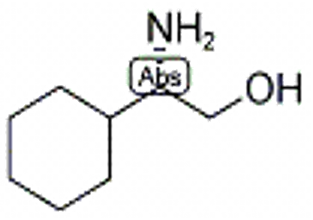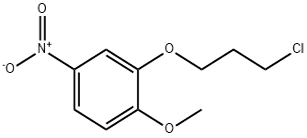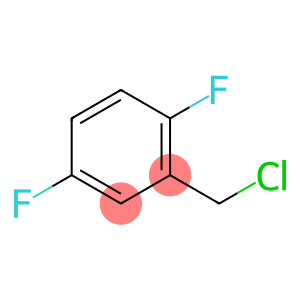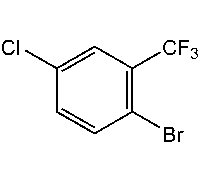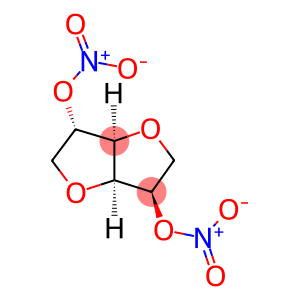2-Amino-4-nitrophenol(CAS#99-57-0)
| Risk Codes | R36/37/38 – Irritating to eyes, respiratory system and skin. R68 – Possible risk of irreversible effects R43 – May cause sensitization by skin contact R40 – Limited evidence of a carcinogenic effect R20/21/22 – Harmful by inhalation, in contact with skin and if swallowed. |
| Safety Description | S26 – In case of contact with eyes, rinse immediately with plenty of water and seek medical advice. S45 – In case of accident or if you feel unwell, seek medical advice immediately (show the label whenever possible.) S36/37/39 – Wear suitable protective clothing, gloves and eye/face protection. S36 – Wear suitable protective clothing. |
| UN IDs | 2811 |
| WGK Germany | 2 |
| RTECS | SJ6300000 |
| TSCA | Yes |
| HS Code | 29071990 |
| Hazard Note | Irritant |
Introduction
2-Amino-4-nitrophenol is an organic compound. The following is an introduction to its nature, use, preparation method and safety information:
Quality:
2-Amino-4-nitrophenol is a solid substance with yellow crystals in appearance. It has low solubility at room temperature, is soluble in organic solvents such as ether and benzene, and slightly soluble in water. It is strongly acidic and strongly oxidizing.
Use:
2-Amino-4-nitrophenol is mainly used as a raw material for dyes and pigments. It can be used to prepare dyes that appear yellow or orange, and can also be used to prepare colorants in pigments and paints.
Method:
The synthesis of 2-amino-4-nitrophenol can be obtained by the reaction of phenol and nitric acid to form p-nitrophenol, and then by reaction with ammonia water to form 2-amino-4-nitrophenol. The specific synthesis route and reaction conditions will be different, and the appropriate synthesis method can be selected according to the needs.
Safety Information:
2-Amino-4-nitrophenol is an irritating and toxic compound, and exposure to or inhalation of its dust may cause irritation to the eyes, skin, and respiratory tract. Appropriate personal protective equipment should be worn when using or handling and direct contact should be avoided. It can also be harmful to the environment, and waste should be disposed of properly and relevant safety operating procedures should be followed.



